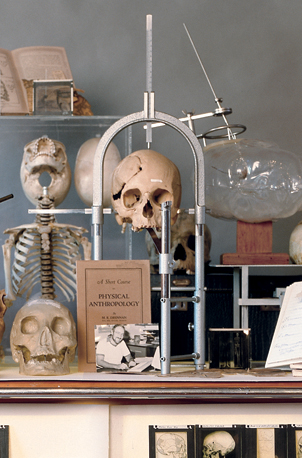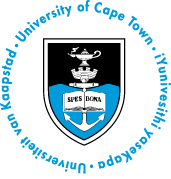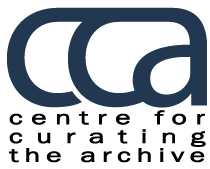ARC is an acronym for Archive and Curatorship.
ARC: The Visual University and its Columbarium is a UCT strategic focus on the archival and curatorial effects and possibilities of visual practices in the generation of knowledge, across all faculties.
Anchored by two existing, complementary projects, the Centre for Curating the Archive and the NRF Chair in Archive and Public Culture, the strategic focus offers opportunities to foreground the many projects at UCT already involved with archive and/or curatorship, to explore the extended columbarium and to develop and share visual methodologies across the university. It further provides a platform for wider engagements in the public domain in the area of archive and curation
It is a response to the contemporary imperative for universities critically to examine the archives of their knowledge systems in order to open up routes to new, or refigured, bodies of evidence and new forms of knowledge. It couples critical enquiry into inherited archives with innovative visual methodologies of work in relation to archive. Such methodologies respond to the increasing visual media of the contemporary world, offering much needed additions to dominant textual and numerical methods. They offer rich possibilities for breaking archival silences and surfacing subaltern concerns within archives, even where dominant archival practices have actively sought their suppression.

The Visual University and its Columbarium.
In coupling the seemingly objective site of archive with the avowedly creative activity of curation, the strategic focus draws attention to past and present processes of the making of archives of all kinds and the creation of meanings that flowed, and yet flow, therefrom.
In the visual university the archival and curatorial effects and possibilities of visual practices are not confined to collections in formal repositories. They may be located in teaching collections in medical school, laboratory procedures in the science faculty or in tape recordings forgotten in bottom drawers. These accumulations, both purposive and accidental, along with the formally preserved archives, collectively make up the university's columbarium.
There are objects and images everywhere in the university. They are to be found in its classrooms, laboratories, storerooms and assembled collections; in the working materials and offices and of its scholars; in its constituted libraries and museums and at the heart of several disciplines. Astronomical images across the electromagnetic spectrum allow for the study of galactic phenomena not possible by other means; the diagnosis of disease is dependent on X-ray images, CAT scans and mammograms; the magnified images of grains of rock aid the construction or reliable mathematical models; various form of mapping are central to picturing both vast areas of land and revealing its history; and visual rhetoric is a growing field of criminal law.
Moreover, these images are not just illustrations of phenomena and conditions that exist elsewhere outside of human sight, they are significant sites of knowledge each requiring skilled interpreters and analysis. Such analyses are undertaken by technicians and researchers subject (as is all scholarship) to social and political forces of the times. Many, too, particularly in science, have come to define not only ideas but the prejudice and favour embraced by them, and their ability to covey understanding is so powerful that even once they are no longer viable they continue to influence public opinion. Images of the evolution of humanity are prime examples, where the familiar picture of crouching ape evolving into striding man (usually tall northern European in appearance) has entrenched ideas of determinism, human supremacy, racial prejudice and an ordered evolution, all long discarded by science. More subtly too, even the use of colour, darkness and light, convey ideas about the value of a subject.
ARC is funded by the UCT Vice-Chancellor's Strategic Funding.


